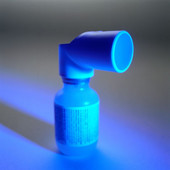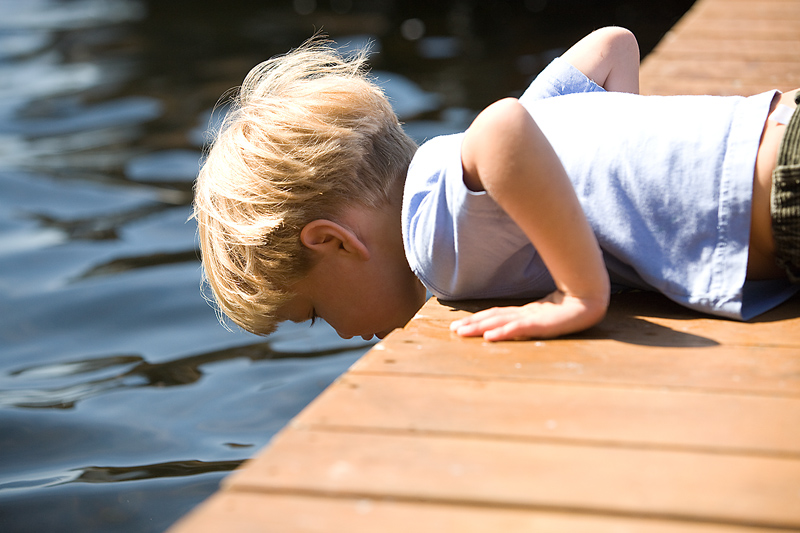
THURSDAY, Dec. 6 (HealthDay News) — Children born after in vitro fertilization are more likely to have asthma, according to a new British study.
Experts say, however, that parents shouldn’t be overly concerned about the new findings, and point out that the risk isn’t much higher than in other children.
“This is not a thing to worry about,” said Dr. David Cohen, chief of reproductive medicine and an associate professor of obstetrics and gynecology at University of Chicago. “The incidence is really small.”
“I never really imagined such an association,” added Cohen, who was not part of the study. “Association is not the same thing as causation — and I wonder about the biological possibility.”
The report was published in the Dec. 6 online edition of Human Reproduction.
Lead study author Claire Carson, a researcher at the National Perinatal Epidemiology Unit at the University of Oxford, put the asthma-IVF association into context.
“We think it is important to note that, in absolute terms, the difference in asthma prevalence in [assisted reproductive technologies] children is quite small — 24 percent of [assisted reproductive technologies] children in our study were asthmatic, compared to a national average of one in five in the U.K.,” Carson said. “It is also important to remember that asthma is a manageable condition for most children, and that it should not prevent them from living a full and active life.”
For the study, Carson’s team analyzed data on almost 19,000 children born between 2000 and 2002 who took part in a large observational study.
The researchers found that, at age 5, the children born using any fertility treatments, including drugs to induce ovulation, were 39 percent more likely to develop asthma, 27 percent more likely to develop wheezing and almost twice as likely to be taking asthma medications than children born without fertility assistance.
Children born after in vitro fertilization or intracytoplasmic sperm injection had a nearly three-fold increased risk of asthma, almost a doubled risk of wheezing and more than a quadrupled risk of taking asthma medications, compared to others in the study.
These findings held when the children reached age 7, although they were slightly reduced, the researchers noted.
To assure the strength of their findings, the researchers took into account the mothers’ history of asthma, smoking status, weight, socioeconomic status, and whether they had pets, as well as the babies’ gestational age at delivery, type of delivery and whether they were breast-fed.
Many possible explanations could account for the observed association between infertility problems and asthma, the researchers said. These include the severity of the infertility, infertility treatment, over-reporting of asthmatic symptoms by protective parents or other factors.
“This work adds to a small but growing body of evidence that suggests that children born after [assisted reproductive technologies] are more likely to experience childhood asthma,” Carson said. “However, at this time we do not yet know if the observed association is causal, or the mechanism by which it acts. Further research is needed to establish what might be causing the association.”
More information
To learn more about in vitro fertilization, visit the American Pregnancy Association.

